Tile Adhesive Chemical Hydroxypropyl Methyl Cellulose for Plaster Additives HPMC
If you work with dry-mix mortar, you already know the quiet hero in the bag: cellulose ether. And, to be honest, Tile Adhesive Chemical Hydroxypropyl Methyl Cellulose for Plaster Additives HPMC is the one I see most often in tile adhesives and gypsum plasters right now. It’s the rheology tuner that keeps water where it should be, delivers that buttery trowel feel, and helps tiles stay where you put them.
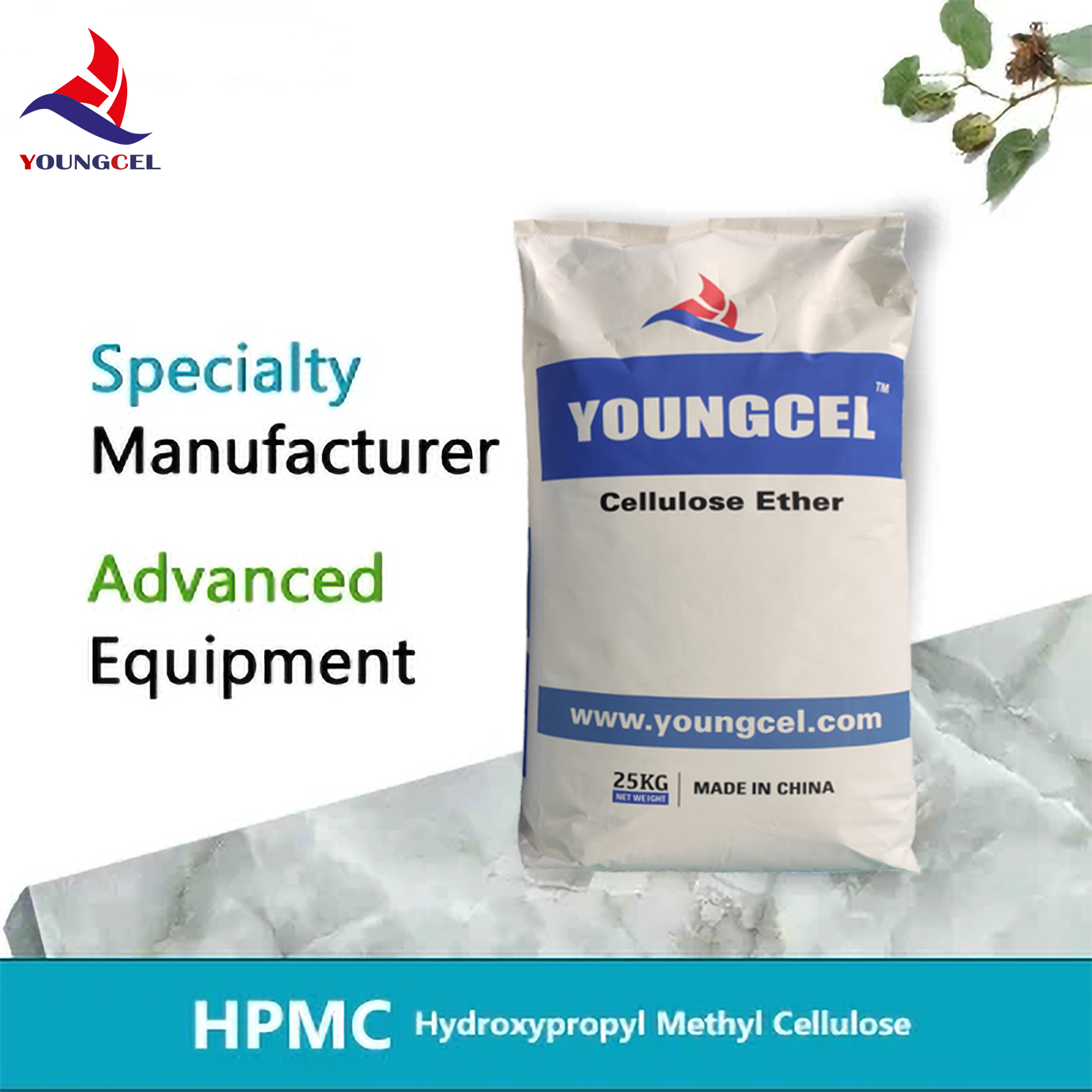
Industry pulse and why it matters
Contractors keep asking for longer open time without sag, especially for large-format porcelain. Regulations are nudging low-VOC and dust-controlled blends. Meanwhile, polymer-rich formulations (RDP + Tile Adhesive Chemical Hydroxypropyl Methyl Cellulose for Plaster Additives HPMC) are becoming the standard for C1T/C2TE classes under EN 12004. Interestingly, lighter sands and recycled fillers are entering mixes, so consistent water retention from HPMC is more critical than ever.
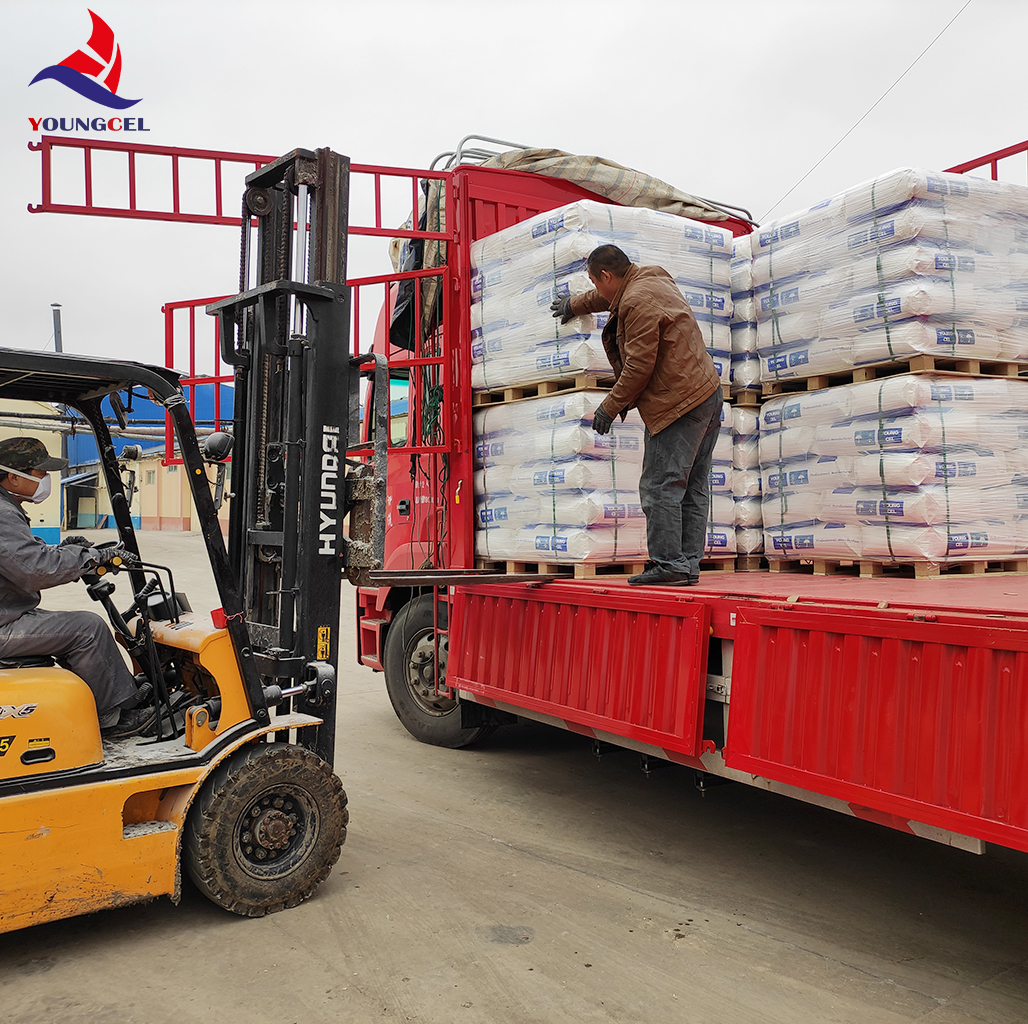
Product snapshot and specs
Origin: No.1 Shifu East Road, Gaocheng District, Shijiazhuang, Hebei, China. Other name you may hear on site: methyl hydroxy ether cellulose (MHEC). CAS No. 9004-65-3. Packed in 25 kg bags. Purity around 99%.
| Parameter | Typical value (≈ / range) | Notes |
|---|---|---|
| Viscosity (2% sol, 20°C) | 30,000–120,000 mPa·s | Tile adhesive sweet spot varies by sand curve |
| Moisture | EN/ASTM typical | |
| Ash content | Sodium salt residue | |
| pH (1% sol) | 6.0–8.5 | Neutral to slightly alkaline |
| Gel temp | 70–90°C | Thermo-gelling behavior |
| Methoxy / Hydroxypropyl | 19–28% / 4–12% | Substitution degrees |
| Particle size | ≥95% pass 100 mesh | Low-lump dissolution |
| Shelf life | 24 months | Cool, dry, sealed |
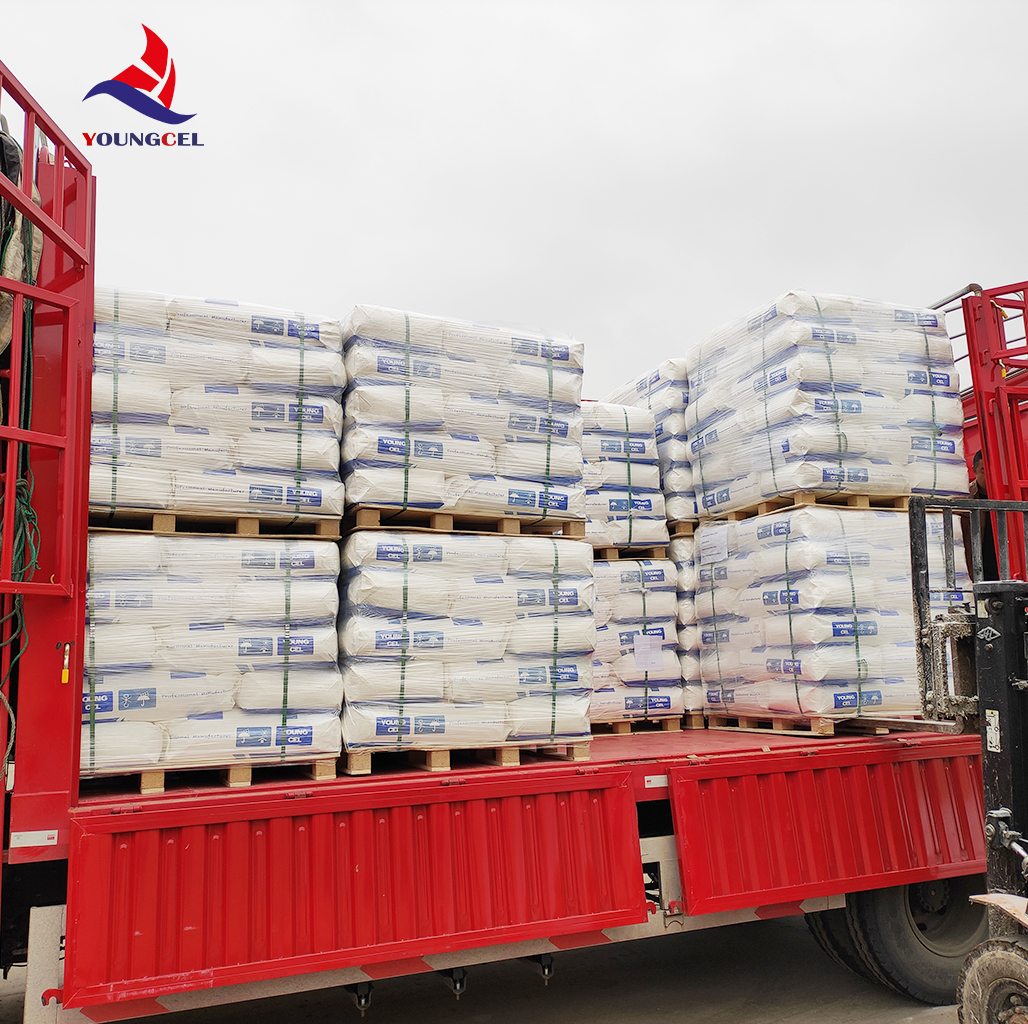
What it does in the mix
- Water retention ≥95% helps cement hydration and open time (EN 12004 target ≥30 min).
- Thixotropy for non-sag/“T” grade; slip often
- Workability and creamy spread—many customers say it just “glides.”
- Improved wet tack and tile adjustment time; fewer callbacks, frankly.
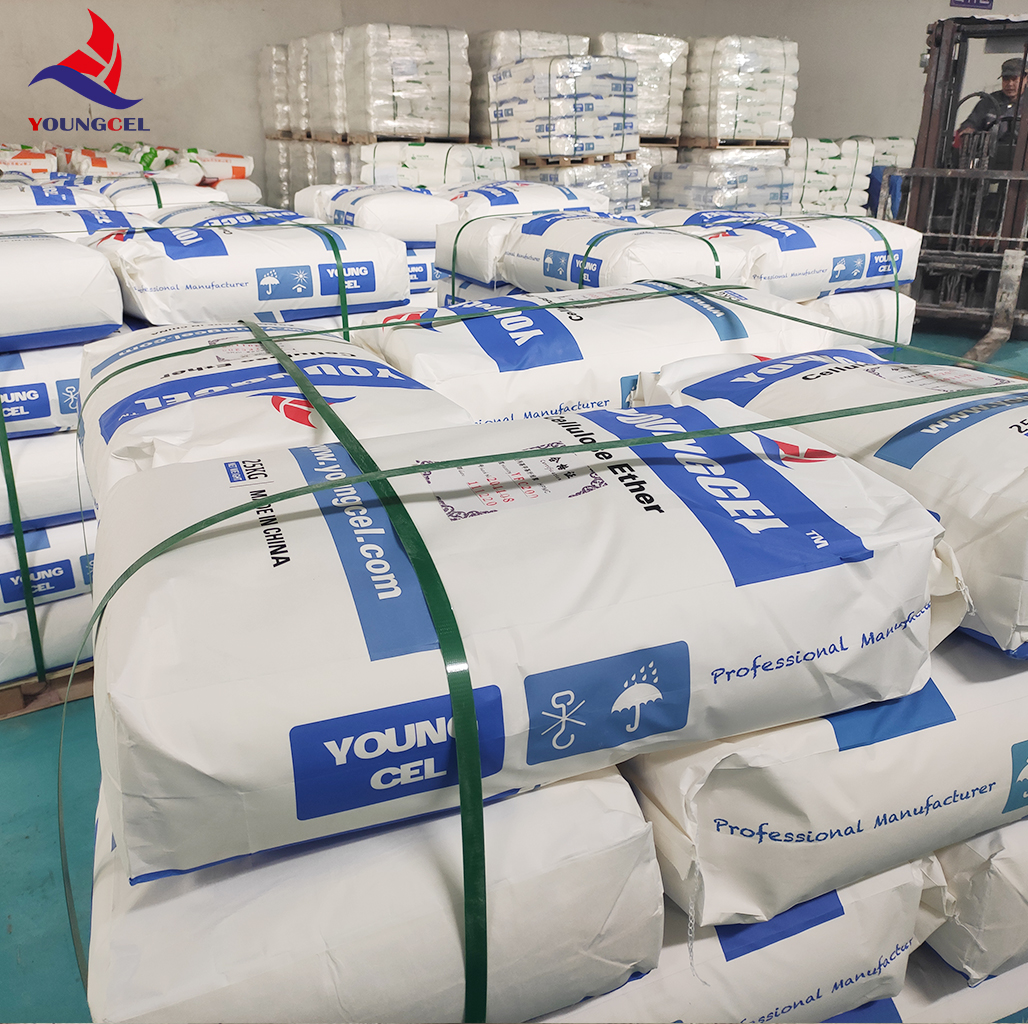
Process flow and testing
Materials: cement, graded sand, RDP, fillers, Tile Adhesive Chemical Hydroxypropyl Methyl Cellulose for Plaster Additives HPMC (≈0.2–0.6% on binder), plus additives (starch ether, defoamer). Methods: dry blend 3–5 min; site add 25–30% water; rest 5 min; remix. Testing: viscosity via ASTM D2363; mortar per EN 12004-2 (open time, slip, tensile adhesion after water/heat/freeze-thaw); plaster adhesion EN 1015-12. Service life in application: typical pot life 3–4 h; cured system durability aligns with substrate/EN class.
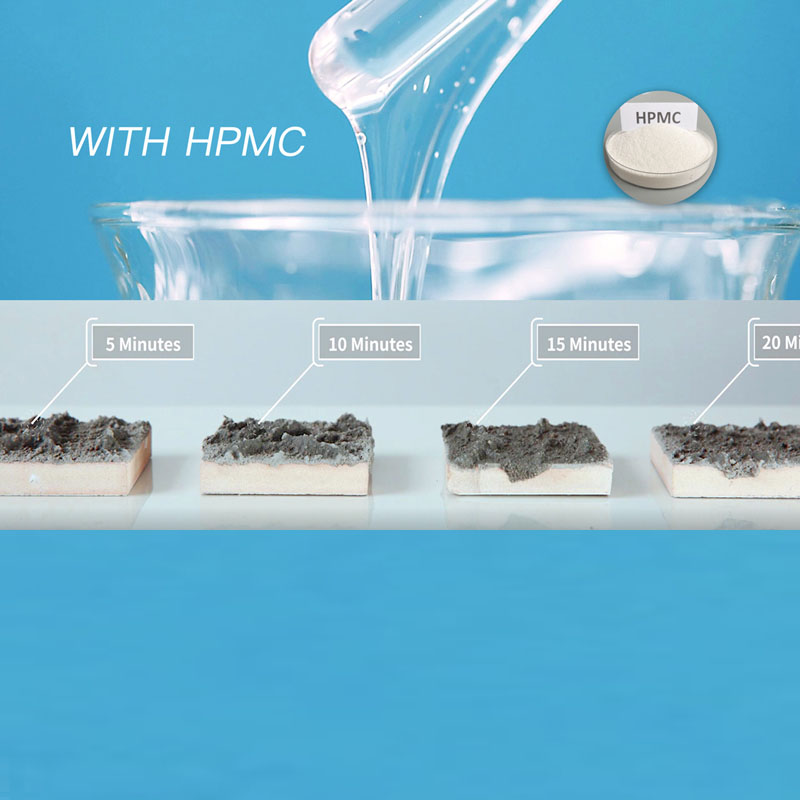
Where it’s used
- Cementitious tile adhesives (C1/C2, T/E/S1 targets) • Gypsum plaster and joint compounds • EIFS/ETICS basecoats • Repair mortars • Skim coats/self-levelers (lower viscosity grades). Certifications: typical suppliers provide ISO 9001; REACH/ROHS compliance on request.
Vendor snapshot (informal comparison, real-world may vary)
| Vendor | Viscosity grades | Lead time | Certs | Customization | Price/25 kg (≈) |
|---|---|---|---|---|---|
| Youngcel (Hebei) | 30k–120k mPa·s | 2–4 wks | ISO 9001, REACH | Particle size, delayed solubility | $55–$85 |
| Vendor A | 40k–100k | 4–6 wks | ISO 9001 | Limited | $60–$95 |
| Vendor B | 20k–150k | Stock/spot | ISO 9001 | Viscosity only | $50–$80 |
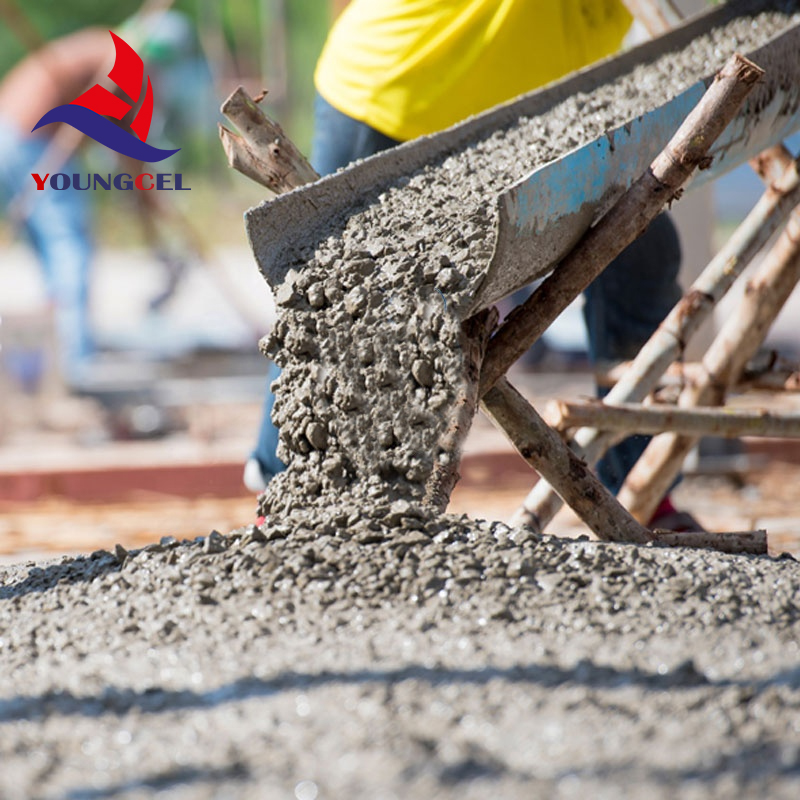
Customization, feedback, quick cases
Customization often includes delayed-dissolution surface treatment (to prevent fish-eyes), tighter PSD, and tuning substitution for faster wet tack. Many contractors—surprisingly even in hot, dry climates—report fewer “dry outs” behind large tiles when upping HPMC a touch.
- Case 1: Coastal facade, C2TE mortar—HPMC at 0.45% delivered slip ~0.3 mm and open time ≥30 min; tensile adhesion after water: ≈1.1 MPa (EN 12004-2 lab set-up).
- Case 2: Gypsum skim coat—switch to mid-vis grade improved blade feel and reduced edge tearing; rework time extended by ~10 min in site trials.
References
- EN 12004-2:2017, Tile adhesives—Requirements, evaluation of conformity, classification.
- EN 1015-12:2016, Methods of test for mortar—Determination of adhesive strength.
- ASTM D2363-03(2017), Standard Test Method for Viscosity of Cellulose Derivatives.
- ISO 9001:2015 Quality management systems—Requirements.
-
Understanding Methyl 2 Hydroxyethyl Cellulose: Uses, Benefits & Industry InsightsNewsNov.24,2025
-
Hydroxyethyl Methyl Cellulose HEMC: Industrial Uses, Benefits & Future TrendsNewsNov.23,2025
-
HEMC Cellulose: Versatile & Sustainable Industrial Polymer | YoungcelNewsNov.23,2025
-
Methyl Hydroxyethyl Cellulose: Versatile Building Block for Industry & SustainabilityNewsNov.23,2025
-
CAS 9032 42 2: Understanding Polyvinyl Alcohol's Impact on Industry & SustainabilityNewsNov.22,2025
-
Hydroxyethyl Methyl Cellulose: Versatile Solutions for Modern Industry and SustainabilityNewsNov.22,2025




